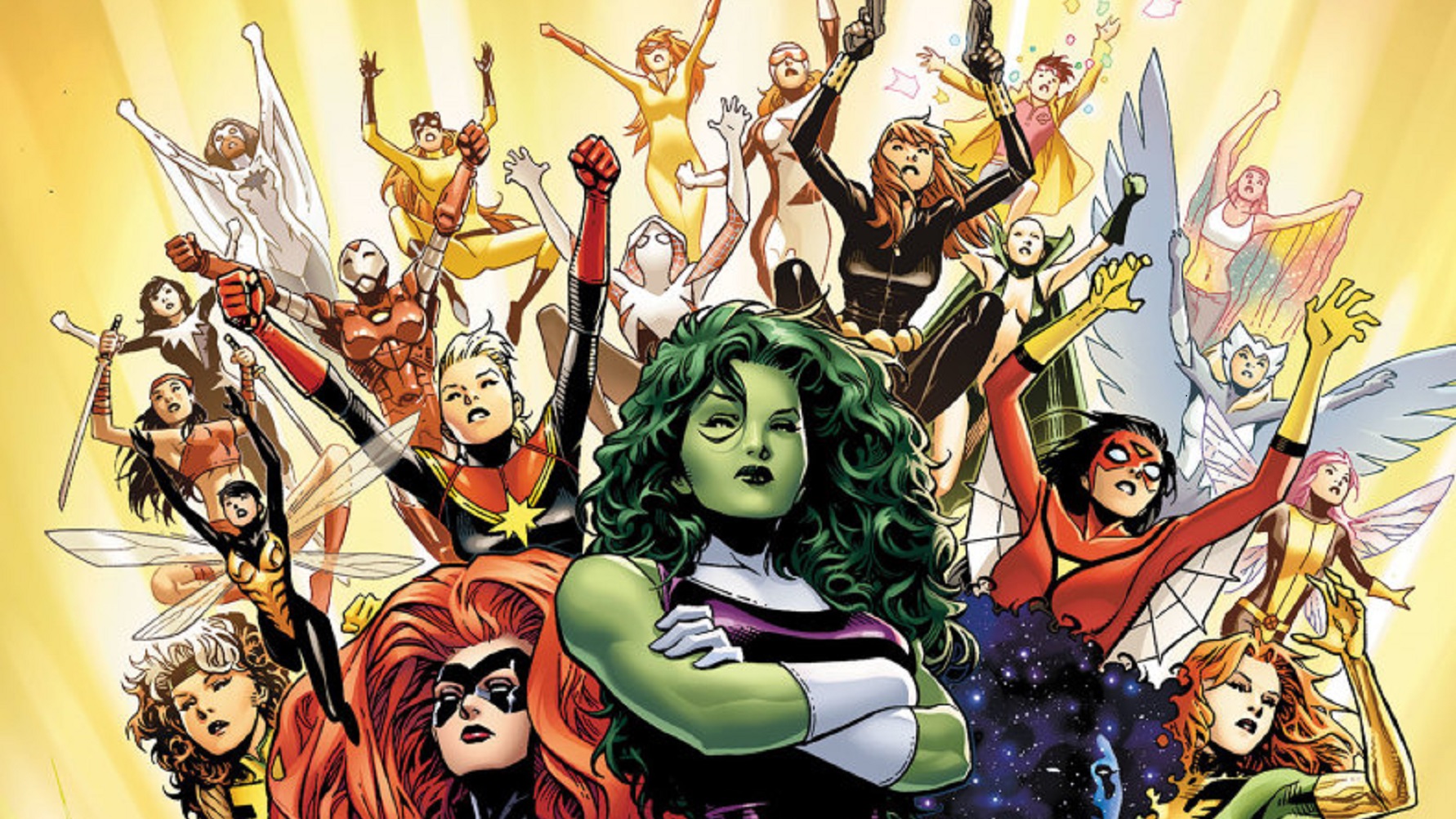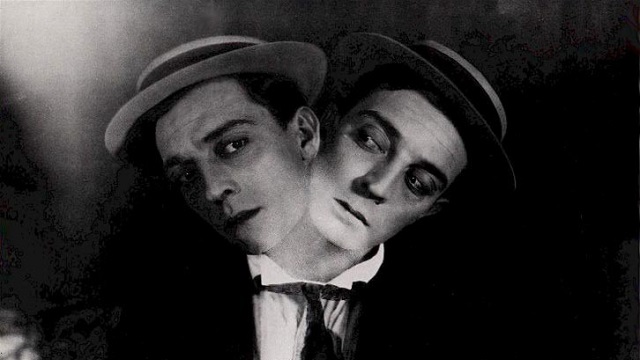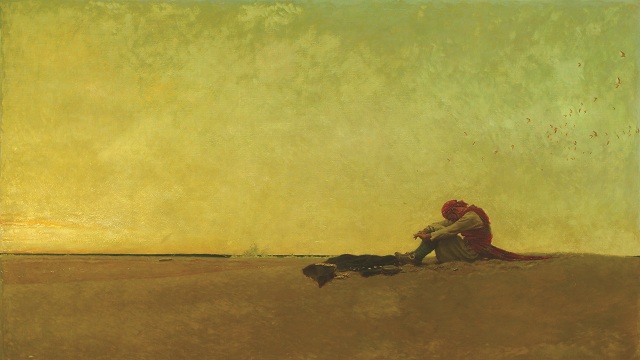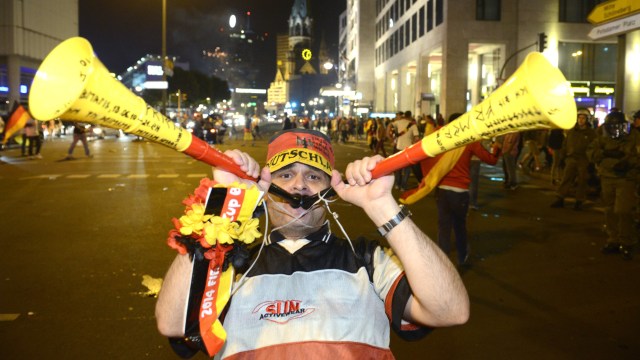What Does the First Movie Action Hero Say About the Heroes of Today?

Next March, Batman and Superman will “meet” in Batman v Superman: Dawn of Justice. But they’ve met before, actually at the very dawn of the film industry. Ever wonder why Batman wears a mask? Why does Superman stand with his hands on his hips in the now-classic “hero” pose? The answer to both questions is the same: Douglas Fairbanks (shown above). Before Cruise, Stallone, Schwarzenegger, and all the rest, there was Fairbanks, swashbuckling his way into audiences’ hearts all around the world. The First King of Hollywood: The Life of Douglas Fairbanks by Tracy Goessel reminds of who Fairbanks was and why he’ll always be the once, and always, king.

Fairbanks arose from the mythic beginnings of American film. Much of that myth Fairbanks himself created, which is why Goessel’s mythbusting, meticulous research makes this new, definitive biography so powerful. Goessel, a member of the board of directors of the San Francisco Silent Film Festival and founder of the Los Angeles–based Film Preservation Society, spent the last eight years trying to peel away the mythic mask worn by the man who starred in The Mark of Zorro (shown above). (Batman’s creator Bob Kane acknowledged his debt to Fairbanks by having the Wayne family watch The Mark of Zorro before their life-changing walk in an alley.) Fairbanks “deserves our attention,” Goessel argues, “because although we do not recognize it, he is still here” in everything from the superheroes dominating modern screens to the Oscars awarded each year to even the idea that a tan makes you look healthier. Goessel builds a compelling case of how Fairbanks still matters.

Before “Brangelina” there was “Pickfair” and “DougandMary” — the first Hollywood power couple of Douglas Fairbanks and Mary Pickford (shown above). Fairbanks and Pickford established the template for celebrity in modern America and, in many ways, the world. The only star bigger than Fairbanks was Pickford, while the only star who rivaled their status was Charlie Chaplin — their closest friend, frequent houseguest, and co-founder of United Artists, the distribution company that allowed them to break free of the studio system and raise film from just a business to an art form.
Goessel’s purchase of the previously unstudied Fairbanks-Pickford love letters adds a whole new dimension to this biography and our view of their relationship. “In the current era, when romantic communication seems to the jaded eye to consist largely of scantily clad selfies and more-explicit-than-we-want-to-see sexting,” Goessel writes, “[Fairbanks] words evoke a different form of nakedness, having no qualifying irony or detachment.” Just as Fairbanks’ films evoke a simpler, uncomplicated style of storytelling, his love letters to Pickford reveal his unapologetically romantic side — the hero with a heart of gold.

Goessel traces Fairbanks’ career back to its stage origins, correcting many of the inaccuracies he introduced to tell a “better” story for the fans. Rather than resist film, which at that time was considered a lower art form than live theater, Fairbanks pursued a film career, perhaps recognizing its potential and how its bigger stage better suited his larger-than-life persona. Starting out with comedies that allowed him to play the honest but goofy hero, Fairbanks went on to make bolder, more creative works such as Robin Hood, The Three Musketeers, andThe Thief of Bagdad. Audiences of the 1920s thrilled to the spectacle surrounding Fairbanks’ acrobatics and stunts, most of which he performed with a megawatt smile.
The common thread of all these films was Fairbanks’ personal appeal. When a film such as 1916’s The Half-Breed, it was because critics saw “no Doug in it.” We’re used to “Tom Cruise” brand films today, but Fairbanks built a brand before the idea even existed. Fairbanks’ brand borrowed heavily from that of Theodore Roosevelt. “Fairbanks was the genuine personification of Roosevelt’s edict of living the strenuous life,” Goessel claims. On film, Fairbanks became TR’s “man in the arena” fighting the good fight, getting up from every knockdown, and always smiling — all with a dose of humor and chivalry that drew every eye in the room to him. “His sunny cheer and astonishing athletic prowess spoke to the virtues of America in an era when America had no self-doubts about possessing any,” Goessel adds.

Fairbanks was definitely a man of his time, which made it harder for him to be a man of later times. Goessel parallels the end of Fairbanks’ marriage with Pickford with the coming of sound pictures that brought an end to the style and romance of silent films, especially those Fairbanks specialized in. Fairbanks could still strike the hero’s pose in his last (mostly) silent film, 1929’s The Iron Mask (shown above), but the aches that came with years of stuntwork as well as technological progress proved unvanquishable foes. “After he left Mary,” Goessel writes concisely, “nothing seemed to go right.” Whereas America had no doubts before, the 1929 Stock Market Crash and resulting Great Depression left nothing but doubts. The Fairbanks that rose to fame couldn’t survive in that new, less-enthusiastic, less-hopeful environment. 1927’s The Gaucho represents Fairbanks attempt at an “anti-hero” for the changing times, resulting in a film appreciated now more than by his contemporaries, who still wanted more “Doug.”

Our heroes, ourselves. We forgot Fairbanks in the amnesia that comes with changing times and the need for new heroes. Goessel’s The First King of Hollywood: The Life of Douglas Fairbanksresurrects Fairbanks the fallen hero but also shines a spotlight on how much America has changed and how our heroes reflect that change. Ronald Reagan’s 1980s proved the perfect incubator of jingoistic dreams such as John Rambo and Tom Cruise’s Top Gun “Maverick,” anti-heroes who loved their country — right or wrong — in the end. There once was a time when a movie star such as Douglas Fairbanks could proudly campaign for war support before adoring throngs (shown above), but the innocence of such scenes seems impossible today in our more jaded, less certain world. Goessel’s book will thrill you with the stories of Hollywood’s first king, but it may also make you nostalgic for the days (however illusory they may have been) of bolder, less complicated heroes such as Douglas Fairbanks — a Superman for all seasons.





